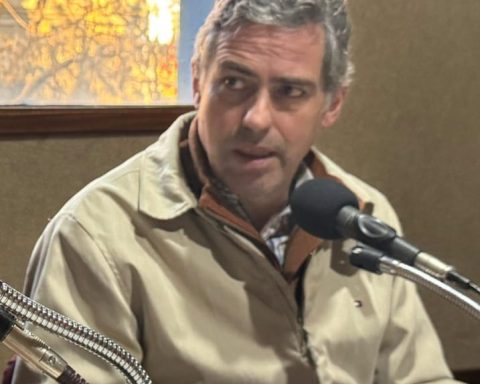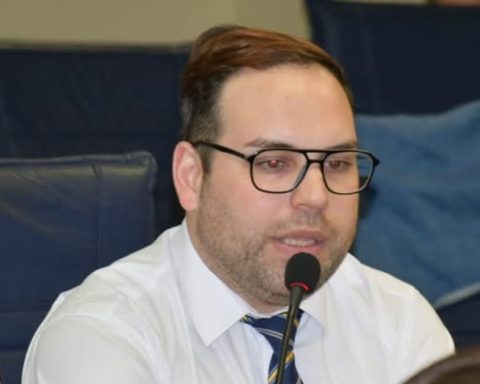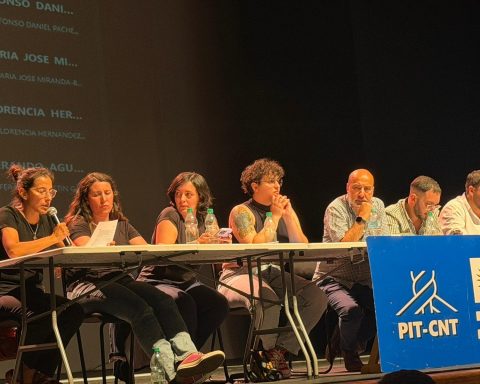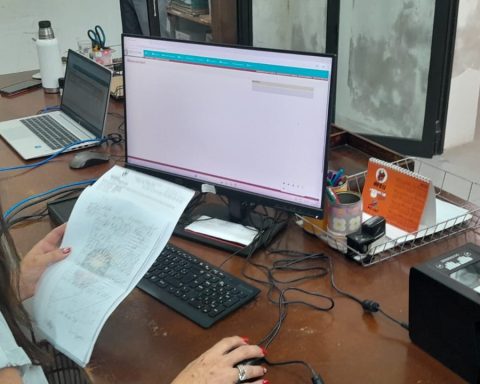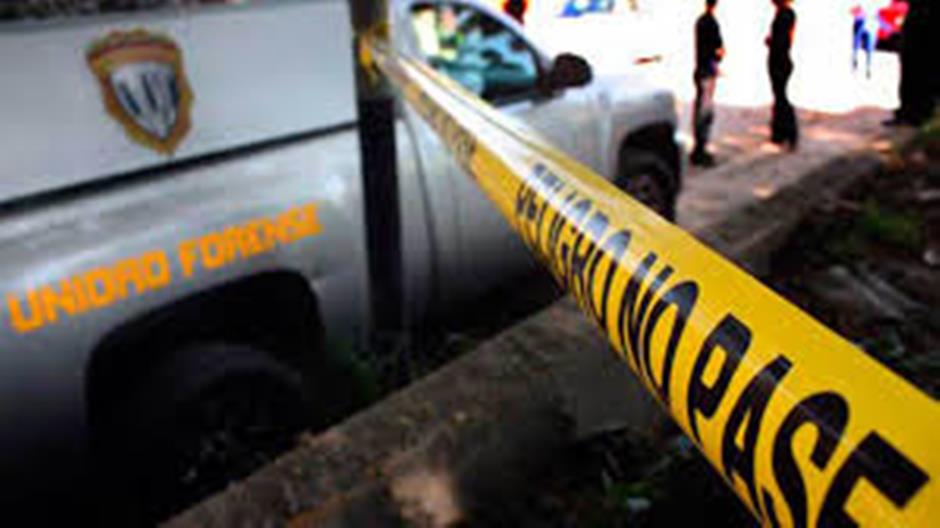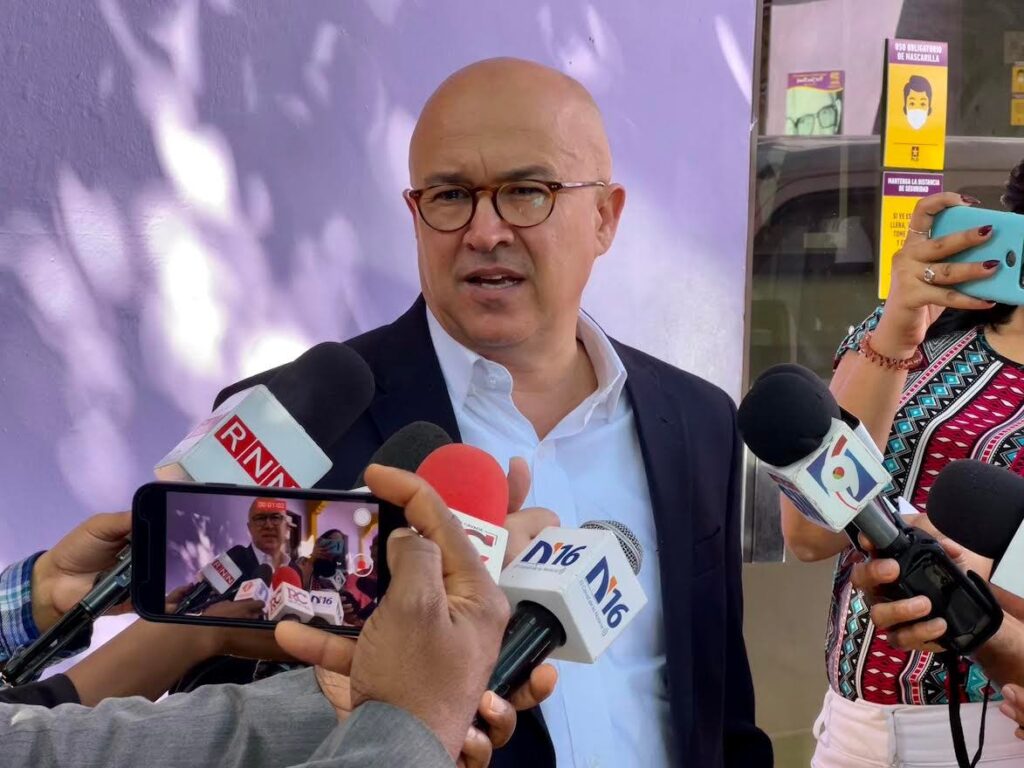The “paradigm change”, from a “welfare” model to a “profitable” one, in the sugar cane plantation in the north of the country explains why the entity reaches those historical figures, said the president of the organization, Alejandro Stipanicic, in the inauguration of a stand at Expo Prado. The chief stressed that Ancap plans to strengthen the network of self-service stations in different parts of the country.
“For the second consecutive year, we are going to have a record harvest, of 8,300 kilos of sugar per hectare, in Bella Unión”, which exceeded the 7,900 of the previous year, Stipanicic said this Monday 12 at the opening of the Ancap stand at Expo Prado , in Montevideo.
The chief explained that the figure, which he identified as an achievement, is due to a paradigm shift in the sugarcane plantation, in which the welfare model was replaced by a profitable one, which generates work and with which planters and producers are satisfied.
Stipanicic indicated that this year the agency delivered electric power to UTE for the equivalent of the consumption of 2,500 Uruguayans, that is, to a town in our country.
He also pointed out that Ancap has finalized the export of crude canola oil by 2022 and awaits the normalization of the market, by the Regulatory Unit for Energy and Water Services (Ursea), to expand the number of self-service stations, in points of the national territory that they grew demographically due to the forestry industry and whose volumes are not sufficient to install the traditional ones.
A new berth at the Paysandú plant is a project aimed at strengthening river logistics to and from the enclave that it defined as the second most important in fuel distribution in the country.
Likewise, he anticipated that Ancap is seeking a legal mechanism to value its strategic assets in order to promote the hydrogen business, for which it has biogenic carbon, storage facilities and maritime logistics, among others, which can encourage private investment.
This year, the entity has sold 4 million dollars in geological information to global companies. Stipanicic added that in this period the work of the agency together with other government institutions has allowed society to pay 150 million dollars less for fuel prices compared to the theoretical parity set by Ursea.
Also participating in the activity were the Minister of Livestock, Agriculture and Fisheries, Fernando Mattos; the general director of the UTU, Juan Pereyra; the president of UTE, Silvia Emaldi; his peer from the Ursea, Silvana Romero, diplomatic representatives and other Ancap authorities.
Presidency


